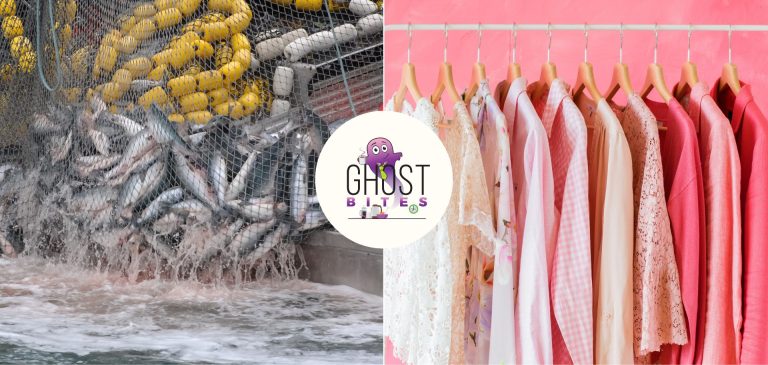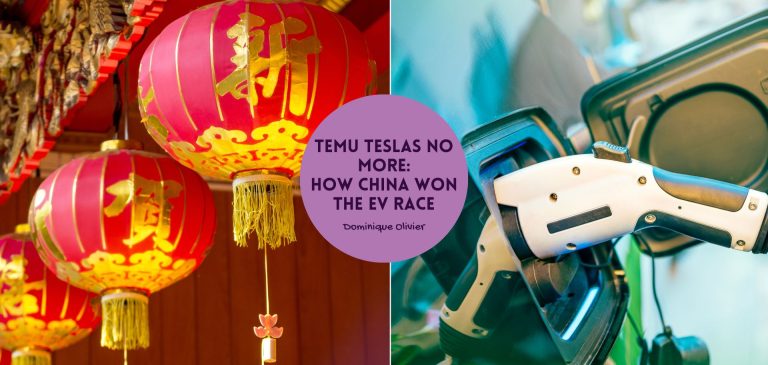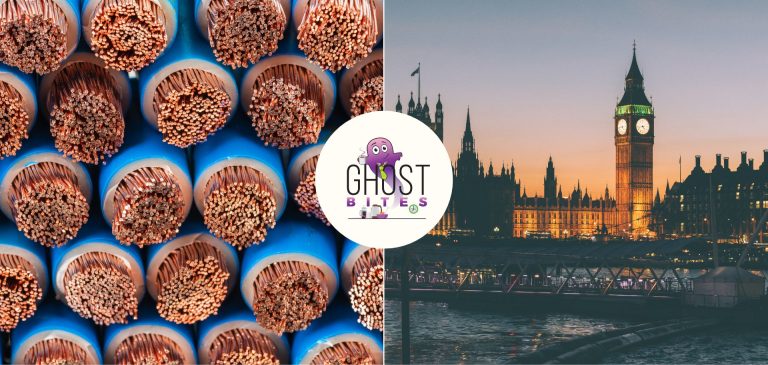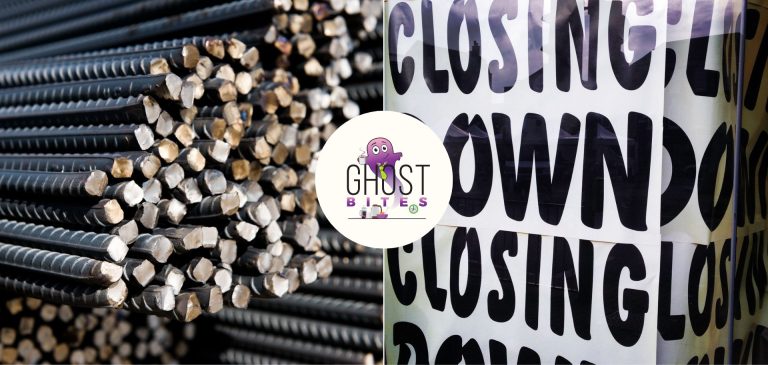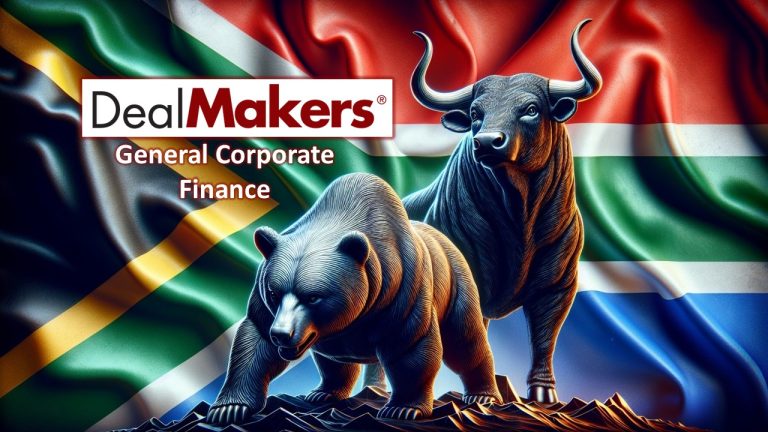Congratulations to Forvis Mazars in South Africa, my brand partner that makes the Ghost Wrap podcast possible, on their appointment as the new external auditor of Argent Industrial (JSE: ART).
A tough year for Astoria (JSE: ARA)
And especially in the diamond business
Astoria has released its results for the year ended December 2024. There won’t be many smiles about these numbers, with the NAV in down by 22% in USD or 19.5% in ZAR.
The largest individual investment is the 40.2% stake in Outdoor Investment Holdings, which contributed 57.4% of net asset value (NAV). This also happened to be one of the better performing assets in the group, with the value up by 7.5% in ZAR thanks to decent underlying trading in the retail business in particular.
The next largest asset is ISA Carstens, contributing 9.9% of NAV and up 5% year-on-year. Astoria is busy selling this asset, with the buyer’s due diligence underway. Leatt Corporation is 9.6% of the NAV, with sales at that business having stabilised. Although the fair value of the investment is higher than a year ago, this is because Astoria bought more shares rather than because the share price went down. Leatt’s share price has been under significant pressure and they will be hoping for a recovery there.
This brings us neatly to Trans Hex, which can be combined with Marine Diamond Operations to get the full view on the diamond exposure in the group. Both businesses are being severely hurt by diamond prices and the disruption by lab-grown diamonds. The impact on the value of the marine operations is far more severe than the land operations due to differences in the quality of stones and the operating costs. Marine Diamond Operations took a particularly nasty knock, with the value down by a whopping 87% vs. the prior year.
The other investments in the group include gaming group Goldrush (which has been impacted by the relative strength in online gaming at the expense of physical alternatives) and Flexi Mobility Group (previously Vehicle Care Group) where a more conservative approach is being taken on provisions into the motor dealership industry.
Overall, it was clearly a difficult period for the company. The NAV per share is R11.71 and the share price is R8.00. With a couple of asset disposals in process and a likely increase in the cash balance as a result, it will be interesting to see whether management takes action based on that discount.
Mongolia remains the highlight at Barloworld – but watch that order book (JSE: BAW)
The share price is remaining stubbornly close to the failed offer bid
The Barloworld share price is going to be fascinating to watch. The offer of R120 per share was voted down by shareholders who were looking for a better number of R130 per share. This offer is the reason why the share price is up 80% in the past year, as this substantial upward move has come at a time when the underlying business is struggling. Sure, the underlying fair value might be R120 – R130, but someone actually has to pay you that. At R108 per share, the market is hoping that the bidders (or someone else) will come back with a better offer. If they don’t, then there’s real risk of the share share dropping way back down.
This is especially true when you consider the trading update for the five months to February, which shows that group revenue fell 4.9% and EBITDA was down 12.9%. Operating profit from core trading activities took a nasty 20.5% knock. The Russian business is causing most of the problem, although excluding that operation still leaves you with a group that saw revenue down 2% and EBITDA up 3%, with flat operating profit.
If we look deeper, we find that Equipment Southern Africa was impacted by the state of the local mining sector and the unrest in Mozambique. Revenue fell 9.2% and although they managed to get expenses down by 3.7%, this wasn’t enough to mitigate the pain. EBITDA was 6.1% lower. Note that this means that EBITDA margin actually improved from 10.4% to 10.8% thanks to the cost control! The share of profit from the Bartrac joint venture in the DRC also went the wrong way. The only highlight is that the firm order book for the business increased by 13%.
Barloworld Mongolia is definitely the bright spot. Revenue grew by 49.5%, which is obviously excellent, but EBITDA was “only” 24.2% higher thanks to pressure on gross margins. This means that EBITDA margin fell from 25.9% to 21.5%. Sadly, said bright spot does have a rather gloomy cloud over it going forwards: the order book in this part of the business has plummeted from $117.8 million to $27.8 million. Sure, they had a great period of deliveries, but it looks like things are slowing down dramatically and that the aftermarket parts business will become a larger component of revenue. As I wrote at the time when everyone was quick to shout down the R120/share offer: Barloworld is a cyclical business. It might take years to get earnings back to strong levels.
Russia is of course the biggest problem, with Vostochnaya Technica (VT) suffering a 25.3% drop in revenue. EBITDA tanked by 83%. Although VT is self-sufficient in terms of funding requirements, they expect it to operate at roughly breakeven levels. The independent investigation into potential export control violations is ongoing and the narrative account of voluntary self-disclosure is due by 2 June 2025.
Moving along from the equipment side of the group, we find ourselves at consumer industries business Ingrain. Although revenue was flat, EBITDA increased by 11.4% and thus EBITDA margin expanded from 12.0% to 13.3%. This was thanks to a favourable product mix, particularly in the domestic market.
I will be rather surprised if Barloworld finishes 2025 on the right side of R100 per share. Time will tell.
No surprises here: the Fairvest capital raise was well supported (JSE: FTA | JSE: FTB)
As expected, the accelerated book build was oversubscribed
In the Nibbles section on Monday evening, I referenced the announcement by Fairvest that they would be raising R400 million via an accelerated bookbuild process. Thanks to deep capital pools on the JSE, the word “accelerated” really is applicable here.
As we’ve seen many times before in the sector, there was no problem in raising this capital from institutional property sector investors. The book was oversubscribed and the R400 million was raised at a paltry discount of just 1.05% to the 30-day VWAP per Fairvest B share. I must say, that discount is really small by any standard.
Part of me wonders why they didn’t raise more at such a narrow discount!
Will Master Drilling’s dividend growth distract investors from the impairments? (JSE: MDI)
The recent share price performance suggests that it might
Master Drilling has released results for the year ended December 2024. Revenue came in at a record high (in USD) and they grew HEPS by 22.1% (also in USD). In ZAR, HEPS was up 21.2%, so that’s hardly a difference to the USD results.
Sounds great, except looking at earnings per share (EPS) – which includes impairments – shows a drop of 15.4% in USD or 16.0% in ZAR. This is the blemish on the numbers, as some major equipment has been written down in value based on market dynamics.
Investors seem to be glossing over these risks, focusing instead on the juicy 24% growth in the dividend per share and the solid pipeline of work. To some extent at least, that’s the right approach. There might be some bumps in the road along the way, but at least earnings have moved higher. Still, when you’re taking about $7.8 million in impairments on one item of machinery in a single period, there are clearly some significant risks in the business around obsolescence of expensive equipment. In case you think it’s an isolated example, an impairment of $5.4 million was raised on the Shaft Reverse Circulation Equipment.
Master Drilling’s share price is up 2.3% year-to-date and 12% over the past 12 months.
Against a tough base, Oceana’s results are “significantly lower” (JSE: OCE)
The comparable interim period was incredibly strong
Oceana had a difficult end to the previous financial year, so there was always a risk of those challenges continuing into the new one, particularly when viewed against such a strong interim period for comparative purposes. Indeed, for the five months to 23 February 2025 (yes, one week short of the full month), results are “significantly lower” than in the comparable period.
Lucky Star has lived up to its name, being the highlight in this result with better production volumes and the benefits coming through of cannery upgrades. Sales volumes were up 5% and margins also headed in the right direction. This did come at the cost of higher inventory levels and short-term borrowing requirements due to frozen fish market dynamics, so this financing cost has offset some of the benefits of volumes and margins.
Fishmeal and Fish Oil (Africa) was hit by lower prices for its products. This more than offset the benefits of better fish landings and higher oil yields. In the business in the US, Daybrook, the same impact of a decrease in global fish oil pricing was relevant. There was only one month of activities in this period due to how the fishing seasons work, so I’m not sure how much we can read into a 17% decline in sales volumes. That could just be a weird timing thing. In both businesses, inventory levels were much higher than in the comparative period, so watch out for the impact on working capital.
In Wild Caught Seafood, catch rates for hake and mackerel improved in the second quarter. The first quarter sounds like it was rough though, so they will hope that the momentum over the period continues. Ditto for squid catches, although pricing is down on that product.
Much like on Netflix, this Squid Game is treacherous. Fishing is a difficult industry with many external factors at play, so the only real certainty is that there will be uncertainty along the way.
Separately, Oceana has decided to wind up the Oceana Stakeholder Empowerment Trust. This was created in 2021 and it only holds 0.5% of the listed shares. Very little value was created in the trust, with Oceana having repurchased shares for just R6.5k. The employee trust that was also created in 2021 will stick around.
Pepkor wants a bigger share of the adultwear market (JSE: PPH)
They are making an important acquisition to make that happen
When you’re happy to go slowly and build something up from scratch, like Shoprite Holdings has been doing recently with businesses like Petshop Science, it’s ok to work up from zero stores to a meaningful footprint. But when you want to go much faster, there’s only one way to do it: a large acquisition.
In one fell swoop, Pepkor is acquiring 462 stores from Retailability. These operate under the Legit, Swagga and Style banners. The Boardmans online business is also part of the deal. This leaves Retailability with Edgars, Edgars Beauty, Red Square, Kelso and Keedo.
The rationale here is that Pepkor is “overindexed” on market share in categories like babies and school wear and “underindexed” on adultwear. This is fancy retail speak for saying that their market share is much higher in younger categories than in adultwear. This is of course a direct result of having businesses like Pep and Ackermans in the stable.
The acquired businesses are focused on adults and will be housed in the Pepkor Speciality business unit. Pepkor hopes to unlock synergies related to the usual areas like sourcing, supply chain and back office costs. Scale is your friend in this game and Pepkor certainly has plenty of scale – and even more so after this deal.
They don’t make a big thing of it in the announcement, but the credit strategy is also clearly at play here. Pepkor is pushing hard on its “credit interoperability strategy” and the more retail outlets they can spread this over, the better.
It’s a small transaction for Pepkor, representing less than 2% of the group’s market cap. This gives you an idea of just how huge and valuable Pepkor actually is. They expect the deal to close in the first quarter of 2026, with Competition Commission approval underway.
A better period for Remgro (JSE: REM)
This is more like it – but the separately listed assets are the highlight
Remgro has released results for the six months ended December 2024. As I wrote when the trading statement came out, the HEPS guidance is useless other than to give us a clue that the direction of travel in the intrinsic net asset value (INAV) per share was probably the right one. Indeed, INAV (which is what counts) was higher, but only by 10.3% despite HEPS being 38.6% higher. Still a solid result obviously, but nowhere near as exciting as HEPS would suggest. Notably, the interim dividend is up 20%.
The positive contributors to the story include Rainbow Chicken, RCL Foods, OUTsurance and even Mediclinic. All but one of those are separately listed, so you don’t need to buy Remgro to get access to them. This is a major reason why Remgro trades at a discount to INAV. Heineken Beverages has at least returned to profitability, but that hasn’t exactly been an asset that you would have wanted to own recently. On the negative side, we find TotalEnergies South Africa (higher negative stock revaluations) and Community Investment Ventures (a victim of higher borrowing costs).
Further boosts to the earnings came from a decrease in finance costs thanks to preference share redemptions, as well as a much lighter impact from IFRS 3 charges and transaction costs based on the timing of transactions.
The broader question is why the dividend has moved higher despite the INAV being at R276.89 while the share price is languishing at R161. It would surely make infinitely more sense to undertake a large share buyback programme?
Some details finally emerged on why Santova is trading under cautionary (JSE: SNV)
Not many details, mind you
When the first cautionary announcement came out on 11 February, Santova didn’t give the market many details. They simply referenced “negotiations” and “potential strategic transactions” – this can mean literally anything.
In the renewal of the announcement, they’ve given the market some additional details. We now know that Santova is considering an acquisition in Europe, specifically a company that provides a variety of logistics services in the UK and Netherlands.
It’s been a choppy few months for the share price, trading in a range between roughly R7 and R8. If a deal goes ahead here and if the pricing looks good, it might catalyse some share price action. Of course, if the market doesn’t like the deal, it’s worth remembering that a catalyst can work in either direction.
Nibbles:
- Director dealings:
- The ex-CEO of Calgro M3 (JSE: CGR), Wikus Lategan, has sold down his stake to the extent that he now only has 1.48% in the company.
- A senior executive of Investec (JSE: INP | JSE: INL) sold shares worth around R1.5 million. The announcement isn’t explicit on whether this is only the taxable portion of the share award, so I assume that it isn’t.
- A non-executive director of Anglo American (JSE: AGL) bought approximately R700k worth of shares.
- Des de Beer bought another R515k worth of shares in Lighthouse Properties (JSE: LTE).
- The COO of Spar (JSE: SPP) bought shares worth R197k.
- The CEO of Libstar (JSE: LBR) bought shares worth R64k and the CFO bought shares worth R96k.
- If you are a shareholder in Lighthouse Properties (JSE: LTE), take note that the scrip dividend circular has been distributed. The default election is a cash dividend, so if you want the scrip dividend instead then you need to specifically make that choice.
- Trencor (JSE: TRE) is in the process of distributing its cash to shareholders, so it isn’t an operating company in the traditional sense and hence I’ll just give the financials a passing mention down here. As at the end of December 2024, the net asset value (NAV) per share was 843 cents. The share price is currently 108 cents. Before you jump out of your chair to hit the buy button, there was a dividend paid in January of 730 cents. In other words, assuming no other changes, the current NAV that is comparable to the share price is actually 113 cents. The modest discount to NAV reflects the time value of money, as the cash isn’t being received straight away.
- Anglo American (JSE: AGL) announced that its Sakatti copper project in Finland has been designated as a Strategic Project by the European Union. This means that the government sees it as being in the public interest, which means easier processing of permitting applications etc. Given how regulated the EU is though, one wonders whether the difference between “easier” and “easy” is still very large.
- Telemasters (JSE: TLM) has renewed the cautionary announcement related to a potential acquisition. The company is in discussions with potential funders for the deal, including equity investors. When they say you should exercise caution, they really mean it – this sounds like a biggie. There’s also the noise around a potential acquisition of the shares held by the two largest shareholders by a B-BBEE investor, so be alert to that deal as well. One wonders if said B-BBEE investor isn’t perhaps the equity funding partner that they are currently talking to? That would certainly make sense to me.
- Like many other JSE-listed companies, Omnia (JSE: OMN) is taking part in the Bank of America Global Research Sun City conference – the 26th edition of that conference, to be precise! The company has made its presentation available at this link. It gives a helpful overview of the company and its strategy.
- Here’s something interesting: Metrofile (JSE: MFL) announced that Mary Bomela will now be classified as an independent non-executive director. This is because she left the employment of Mineworkers Investment Company (MIC), which hold 39.2% of Metrofile. Given that Mary has been on the board for 14 years, the company would like her to stay on as a director. MIC will nominate a new representative to serve on the board, so the board is expanding by one director.

